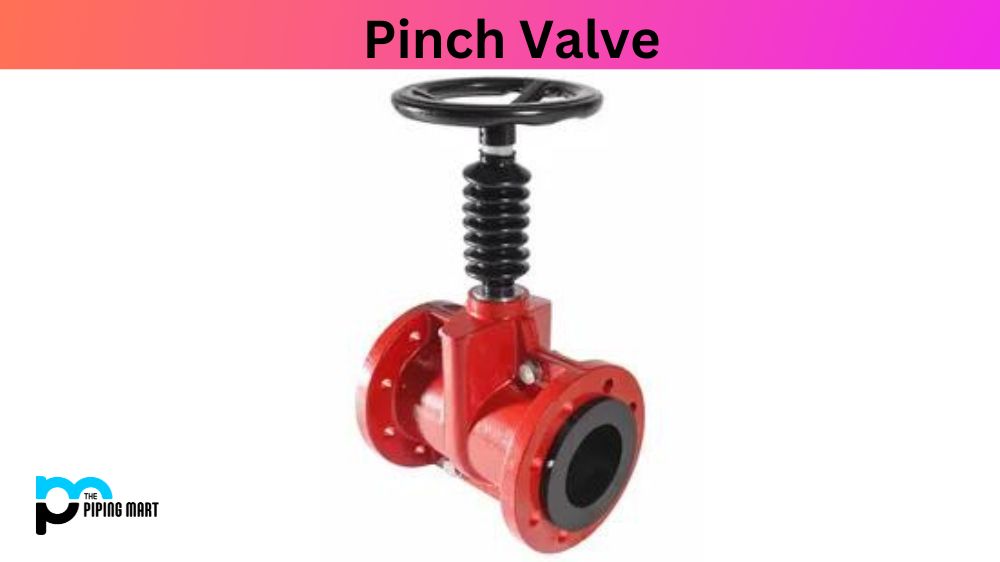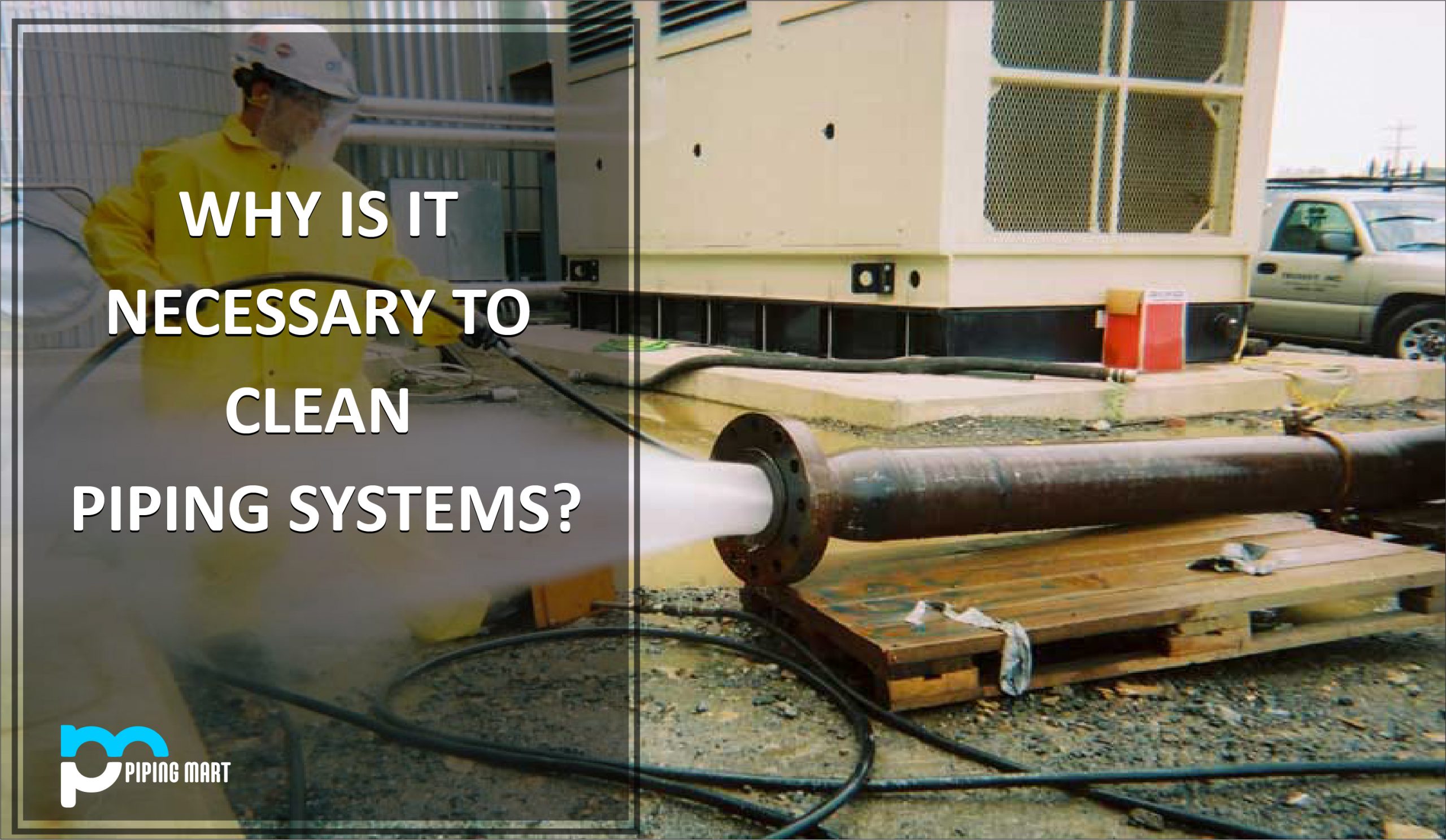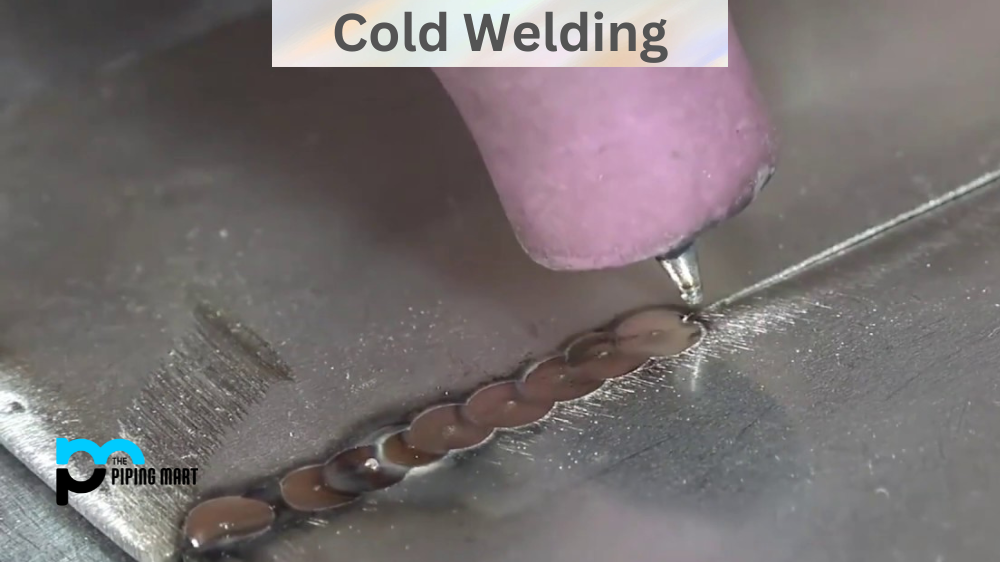Pinch valves are popularly used in various industrial sectors, especially in the mining industry, pharmaceuticals, food processing, and water and wastewater treatment plants. Pinch valves are a control valve widely used to regulate fluids or slurries in pipelines or tubes. One of the distinctive features of pinch valves is their type of construction. The valve has a flexible elastomer sleeve made from synthetic or natural rubbers, which pinches the pipeline or tube to stop fluid flow. The pinch valves have advantages and disadvantages, making it important to learn more about them before using them. This blog post will explore the advantages and disadvantages of pinch valves.
What is Pinch Valve?
A Pinch Valve is a type of valve used to control the flow of liquids and gases. It works by squeezing a flexible sleeve, typically made from rubber or polyurethane, between two mechanical bars to obstruct the flow. Pinch Valves are known for their long-term durability and are often used in areas such as water treatment, industrial manufacturing and other environments where media must be contained.
Advantages of Pinch Valves
Simple and Cost-Effective
Pinch valves are one of the simplest valves available in the market. Their straightforward construction tends to be more pocket-friendly than other valves that can be difficult to construct, install, and repair. In addition, pinch valves have low maintenance costs and do not require constant parts replacement as other heavier valves do.
Good Flow Control
Due to their uncomplicated design, pinch valves provide exceptional flow control, making them a suitable fit for handling fluids, chemicals, slurries, and powders. Pinch valves are also ideal for controlling the flow of substances that commonly block other types of valves.
Versatile
Pinch Valves can be made in various sizes, shapes, and materials. These factors make them useful in a wide variety of applications. Pinch Valves are highly versatile and can fit various industry niches.
Resistant to Abrasion
Pinch Valve’s wear parts are subject to the products’ abrasive qualities, which is why it is designed with highly resistant elastomers. The highly abrasion-resistant nature of the elastomer sleeve means that it can withstand usage for a more extended time without needing a change or any maintenance.
Disadvantages of Pinch Valves
Limited Durability
Pinch valves rely heavily on the elastomer that makes up the sleeve, and in industrial applications, they may have a lifetime constraint that means frequent replacement. While providing excellent flow control, certain models may need to be more robust to handle harsh operating conditions and extreme temperatures.
Limited Pressure Ratings
Pinch Valves have a limited pressure rating, which is another drawback. This suggests that you should be careful while selecting the right Pinch Valve for your project, as it could impede or affect the performance of your system.
Restricted Chemical Compatibility
The general elastomer types used on Pinch Valves are SBR, EPDM, and natural rubber. If your project requires exposure to a corrosive chemical such as hydrochloric acid or sodium hydroxide, for example, using a pinch valve may be the best option if you can improvise with special synthetic rubbers.
Performance Limitations
Pinch valves’ performance can be negatively impacted by temperature, pressure, and product composition. Pinch valves have internal cavities, leading to performance issues when handling viscous materials.
Conclusion:
Pinch valves are popular in many industries due to their simple construction, affordability, and good flow control. Despite the advantages of pinch valves, there are some limitations. The limited pressure rating elbow due to the pinch sleeve’s construction and limited sleeve lifespan means that you must be thorough when selecting the ideal Pinch Valve for your project. When choosing the right pinch valve for your project, it is important to consider factors such as pressure, temperature, maintenance cost, product composition, and chemical resistance.
Meet Heer, a dynamic and driven writer learning tricks of her trade in the metal industry. With a background in Digital Marketing, Heer brings a unique perspective to her writing, sharing valuable insights. Apart from blogging she like reading and hiking.




